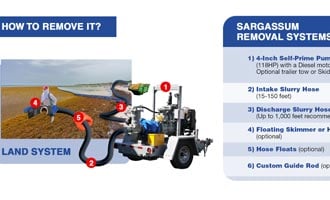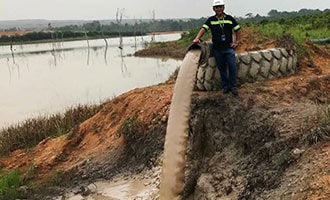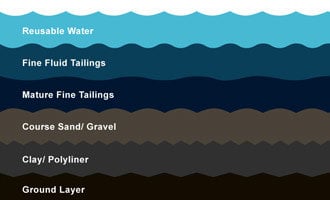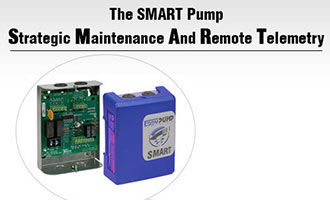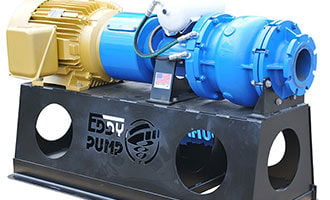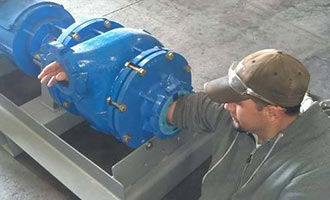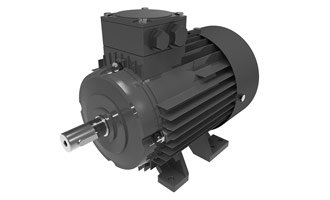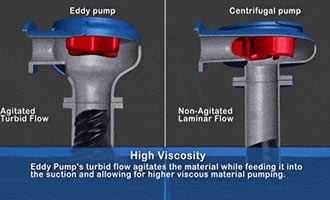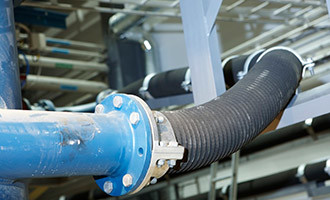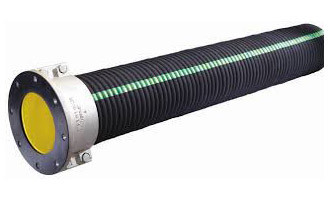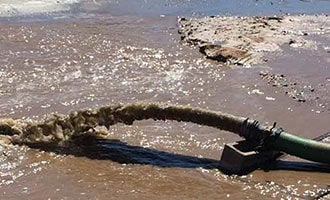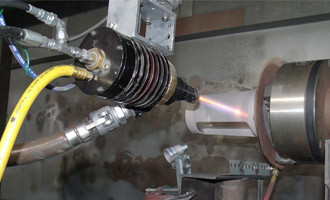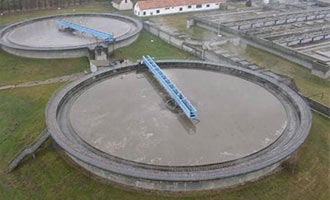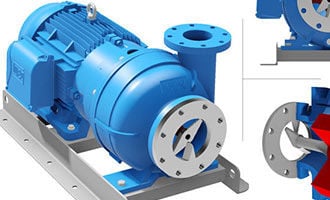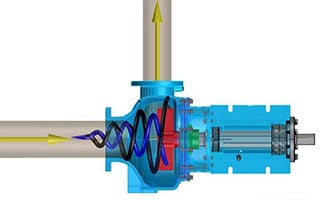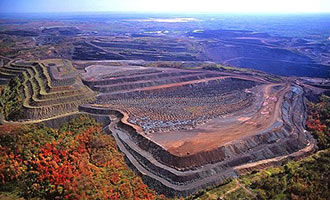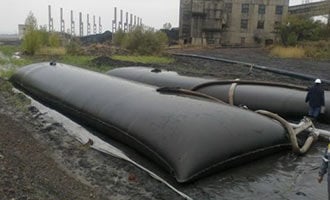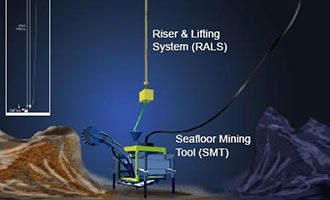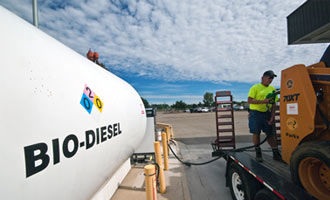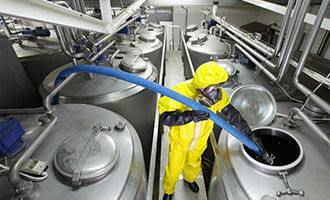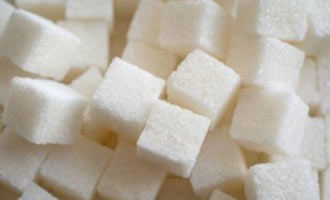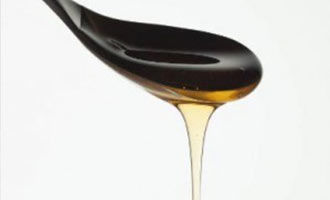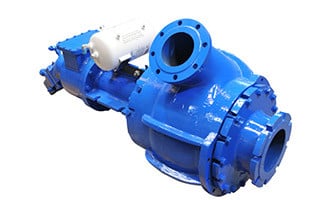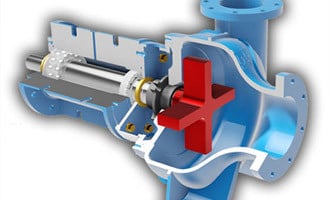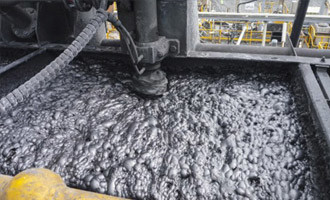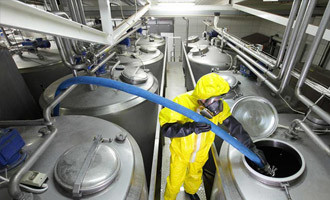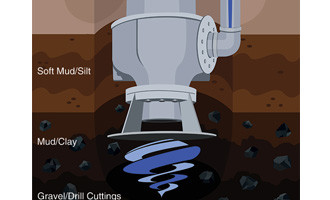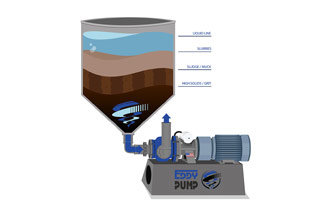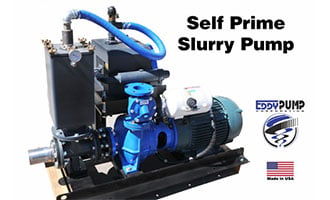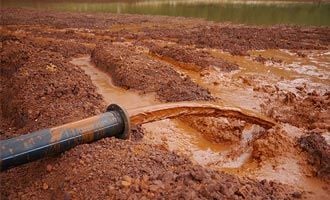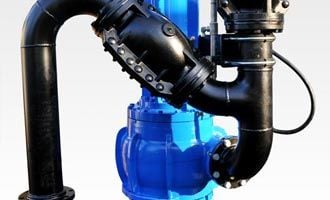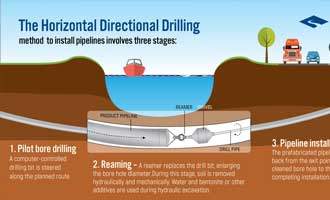Cleaning the Sand Trap Using EDDY Slurry Pumps
Learn about some of the optimal ways to clean out sand traps commonly found on oil & gas drilling sites. Browse Our Sand Trap PumpsContact Us For Fast QuoteUsing EDDY Pumps to Clean Out Oil/Gas Drilling Sand Pits
On drilling rigs, sand traps are the tank compartments below the mud shakers are part of the solids separation process found in drilling mud. These sand traps capture the solids that are brought to the surface along with the drilling fluid. Shaker screens can tear, sometimes the shaker deck is adjusted where drilling fluid bypasses the screen or solids that pass through the screen settle and are trapped in the first tank compartment. This compartment is typically not agitated as the tank design means to trap the sediment in this first compartment to keep it out of the rest of the drilling fluid surface system.
The Problem With Cleaning Out Sand Traps
If the drilling site has a reserve pit, the sand trap is jetted to the pit periodically while drilling to keep the system clean. If the drilling site is pit-less, then the trap must be cleaned with a vacuum truck or a self-priming slurry pump. Vacuum systems move liquid slurries well but struggle to move solids that have settled and packed. A vacuum truck operator may spend 10-12 hours pulling on a tank to get it clean.
Vacuum trucks typically charge by the hour and by the load for the disposal fee. Depending on how far they must travel the fee for one vacuum truck can range from $1,000-1,500/load. Additionally, if the trap runs with a lot of sediment the contiguous tank compartments will fill with sediment. This problem requires a crew to clean when the rig is displacing the mud system to a different base fluid. Example: changing from water base fluid used at the surface to an oil-based fluid used in the production zone.
Workers entering the rig’s drilling fluid tank system must have a confined space entry permit and wear breathing equipment as residual H2S or volatile vapors may be present. One rig lost a worker when his airline tangled in a mud agitator blade and he was asphyxiated.
Some contractors may install hydro-cyclone pumps into the sand trap and run the pumps constantly to prevent this sediment. This can work well but the pumps must be maintained to provide enough head at the hydro-cyclone, so they operate properly.
Sand Trap Pumping Solutions
A submersible Eddy Pump is installed into the sand trap. A program is designed to run the pump in recirculation mode while the rig is drilling, preventing sediment from occurring. When the flow is stopped to the shakers as the rig is making a connection or tripping out of the hole, the pump sends sand trap slurry to the shale shakers which allows a second pass to remove the sediment.
The slurry will contain more solids than the fluid returning from the well and solids tend to cling together or ‘piggyback’ to improve the separation efficiency. Cleaning the sand trap in this manner should allow the rig’s surface system to stay sediment free. Eddy sand pumps may be placed in additional downstream compartments if sedimentation continues to be a problem.
Alternatively, the sand trap slurry can be used in the drill cuttings bin during times where cuttings are too dry to pump. A valve is used to stop the fluid to the shakers and direct it to the cuttings catch tank. The goal of this system design is to always remove the solids before it becomes sediment. Recirculation lines are designed to sweep the inside of the tank preventing sedimentation. With this system, the necessity for tank cleaning crews becomes a ‘thing of the past’.
Order or Get Selection Help
Let our sales or engineering support help in your slurry pump and dredge equipment selection. Call (619) 258-7020
Why EDDY Pumps Are Better – Highlights
This video shows how EDDY Pump transports high slurry and abrasive materials. Featured dredge pump equipment includes the Remote Operated Subdredge, Diver Operated Pump and a Excavator Attachment Dredge Pump.
Why EDDY Pumps Are Better - Highlights
This video shows how EDDY Pump transports high slurry and abrasive materials. Featured dredge pump equipment includes the Remote Operated Subdredge, Diver Operated Pump and a Excavator Attachment Dredge Pump.




